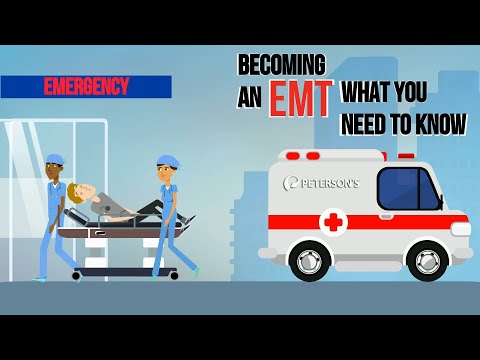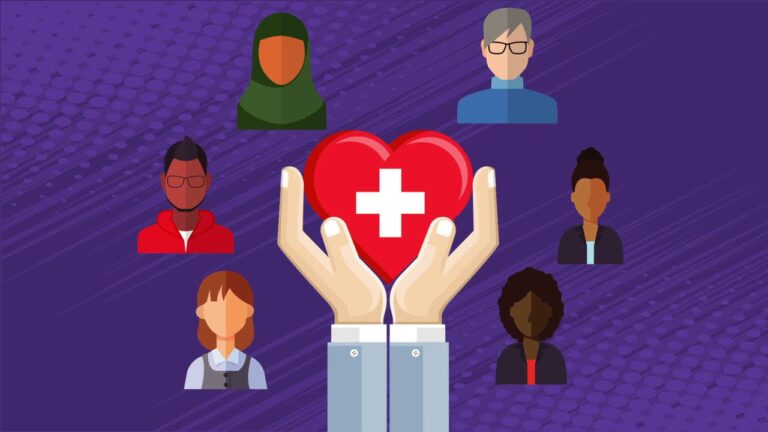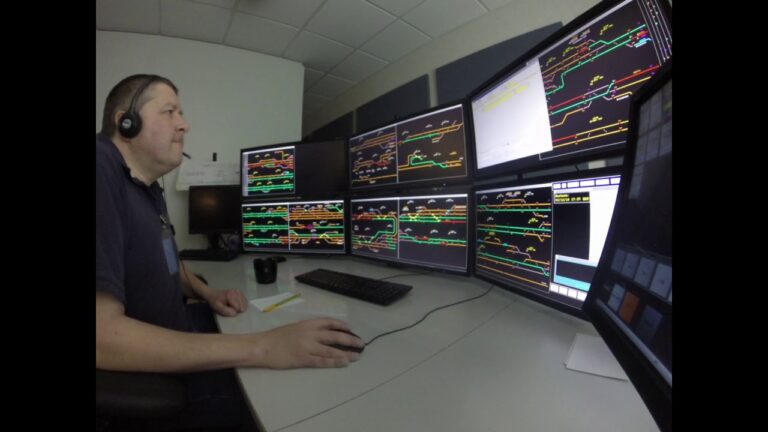High-Paying EMT Career: Job Description and Salary

Emergency Medical Technician Job Description Template
Emergency Medical Technician (EMT) Job Description An Emergency Medical Technician (EMT) is a healthcare professional who provides immediate medical care to individuals in emergency situations. EMTs are often the first responders at the scene of accidents, injuries, or medical emergencies. They are responsible for quickly assessing the patient’s condition and providing appropriate medical treatment. EMTs work in various settings, including ambulances, emergency departments, and fire departments. They are trained to handle a wide range of medical emergencies, such as cardiac arrests, trauma injuries, respiratory distress, and allergic reactions. EMTs must possess strong problem-solving skills and the ability to remain calm under pressure. EMTs are trained to perform basic medical procedures, including administering cardiopulmonary resuscitation (CPR), controlling bleeding, stabilizing fractures, and assisting in childbirth. They are also trained in the use of medical equipment, such as defibrillators, oxygen tanks, and splints. EMTs must have excellent communication skills, as they often need to communicate with patients, their families, and other healthcare professionals. They must be able to relay important medical information accurately and efficiently. In addition to their medical skills, EMTs must be physically fit and able to lift and transport patients safely. They often work long and irregular hours, including nights, weekends, and holidays. Overall, the role of an Emergency Medical Technician is critical in providing immediate medical care to those in need. Their quick thinking, medical expertise, and compassionate nature make them an essential part of the healthcare system.Emergency Medical Technician Responsibilities
Emergency Medical Technician Requirements
How Much Does A Emergency Medical Technician Make?
Emergency Medical Technician Salary
| Experience Level | Annual Salary |
|---|---|
| Entry Level | $35,000 – $45,000 |
| Mid-Career | $45,000 – $55,000 |
| Experienced | $55,000 – $65,000 |
| Senior Level | $65,000+ |
An Emergency Medical Technician (EMT) is a healthcare professional who responds to emergency situations and provides medical care to patients in need. EMTs play a crucial role in saving lives and stabilizing patients before they reach the hospital. The salary of an EMT varies based on their experience level. Entry-level EMTs can expect to earn between $35,000 and $45,000 per year, while mid-career EMTs earn between $45,000 and $55,000. Experienced EMTs can earn between $55,000 and $65,000 annually, and senior-level EMTs earn $65,000 or more. These salary ranges may vary depending on factors such as location, employer, and additional certifications or specializations.
Emergency Medical Technician Salaries by Country
Top Paying Countries for Emergency Medical Technician
| Country | Salary (USD) |
|---|---|
| United States | $36,650 |
| Switzerland | $59,800 |
| Australia | $49,100 |
| Netherlands | $47,200 |
| Canada | $41,800 |
An emergency medical technician, also known as an EMT, is a healthcare professional who provides immediate medical care to patients in emergency situations. The salary of EMTs varies across different countries. According to the data, the top paying countries for EMTs are the United States, Switzerland, Australia, Netherlands, and Canada. These countries offer higher salaries to EMTs compared to other countries. It is important to note that the salary figures mentioned here are approximate and can vary depending on factors such as experience, qualifications, and location within each country.
A video on the topic Emergency Medical Technician
Video Source : Peterson’s Test PrepInterview Questions for Emergency Medical Technician
1. Can you briefly explain the role and responsibilities of an Emergency Medical Technician (EMT)?
An Emergency Medical Technician (EMT) is responsible for responding to emergency calls, assessing patients’ conditions, and providing appropriate medical care in the field. They are trained to administer first aid, perform CPR, stabilize injuries, and transport patients safely to medical facilities.
2. What qualifications and certifications are required to become an EMT?
To become an EMT, one must complete a state-approved training program and pass the National Registry of Emergency Medical Technicians (NREMT) certification exam. Basic qualifications include a high school diploma or GED, a valid driver’s license, and being at least 18 years old.
3. How do you handle highly stressful and challenging situations as an EMT?
As an EMT, I have been trained to remain calm and focused in high-stress situations. I rely on my training and experience to make quick decisions, prioritize tasks, and communicate effectively with my team. I also find it helpful to debrief and seek support from fellow colleagues after challenging calls.
4. Can you describe a time when you had to make a difficult medical decision in the field?
During a call, I encountered a patient experiencing severe chest pain. After assessing the situation and considering the patient’s symptoms, I made the decision to administer nitroglycerin to relieve the pain and stabilize the patient’s condition. This decision was based on my training and protocols, and it ultimately helped to alleviate the patient’s symptoms.
5. How do you ensure the safety and well-being of your patients during transportation?
During transportation, I ensure the safety and well-being of my patients by securing them properly on stretchers or in ambulances, monitoring their vital signs, and providing necessary medical interventions. I also maintain effective communication with the receiving medical facility to provide updates on the patient’s condition and any changes during transport.
6. How do you stay updated on the latest advancements and techniques in emergency medical care?
As an EMT, I attend regular continuing education courses and workshops to stay updated on the latest advancements and techniques in emergency medical care. I also participate in professional organizations and online forums to connect with other healthcare professionals and share knowledge and experiences.
7. Can you describe a time when you had to work as part of a team in a high-pressure situation?
During a mass casualty incident, I had to work as part of a team to triage and treat multiple patients simultaneously. Each team member had a specific role and responsibilities, and effective communication was crucial. We worked together to prioritize patients based on the severity of their injuries and provide appropriate care in a coordinated manner.
8. How do you handle emotional and distraught patients or their family members?
When dealing with emotional and distraught patients or their family members, I strive to remain empathetic, calm, and compassionate. I listen actively, validate their feelings, and provide clear explanations of the situation and the care being provided. I also offer emotional support and reassurance, and if necessary, involve additional resources such as social workers or chaplains.
9. Can you explain the importance of documentation and record-keeping in your role as an EMT?
Documentation and record-keeping are essential aspects of an EMT’s role. Accurate and detailed documentation helps to ensure continuity of care, provides legal protection, and facilitates effective communication with other healthcare providers. It allows for proper billing and reimbursement, enables tracking and analysis of patient outcomes, and supports quality improvement initiatives.
10. What do you find most rewarding about being an EMT?
As an EMT, the most rewarding aspect is being able to make a positive impact on people’s lives during their time of need. It is a privilege to provide immediate care and comfort to patients, to witness their recovery and gratitude, and to contribute to the overall health and well-being of the community.






